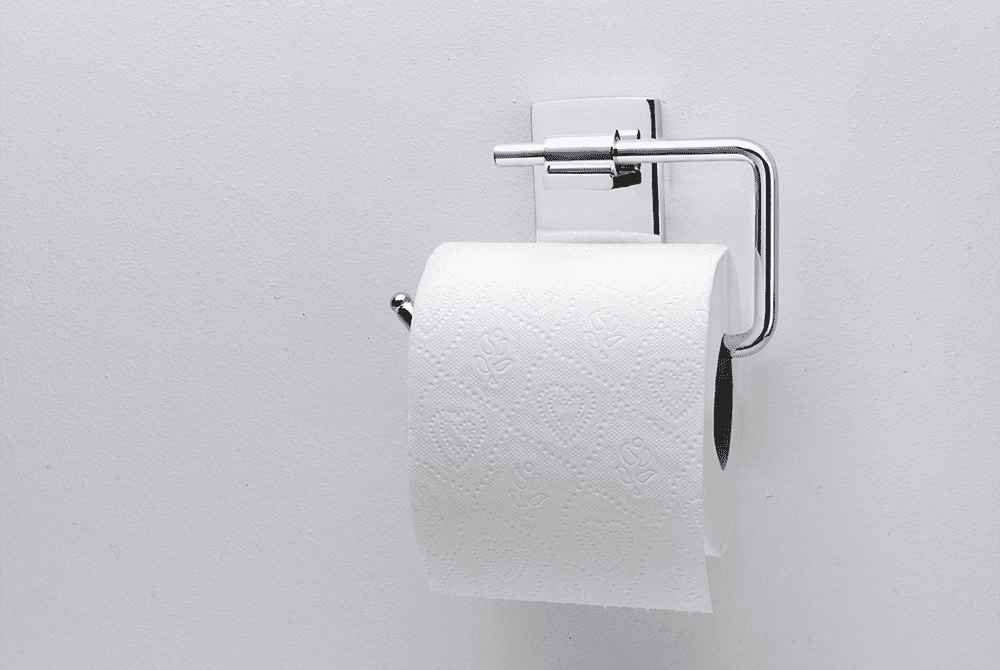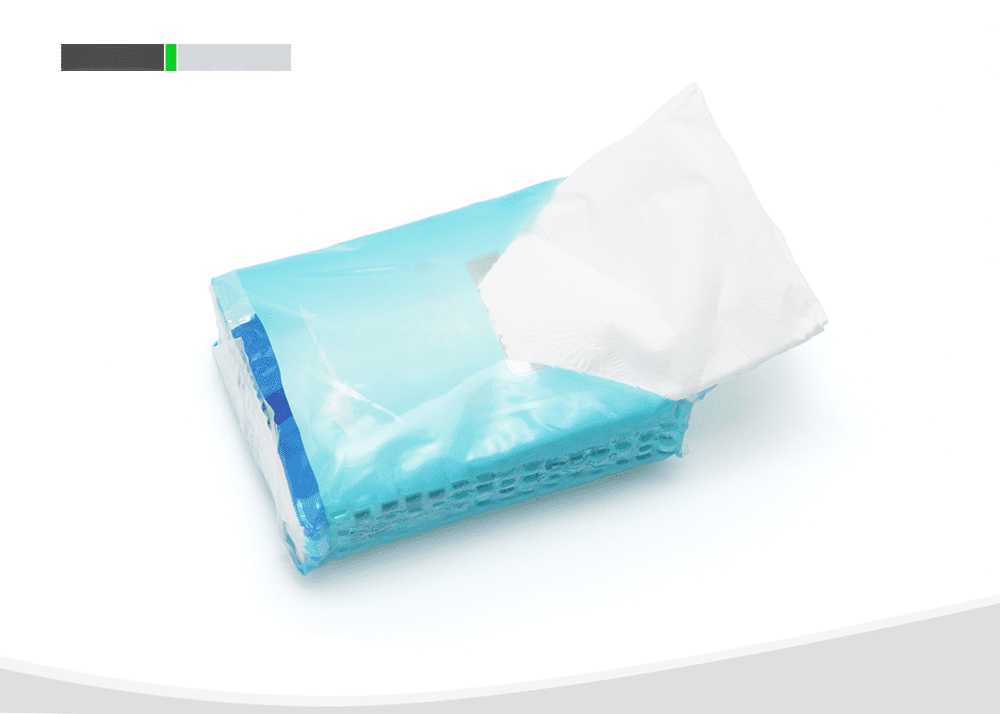Tissue paper is in every home
But have you chosen the right one?
There’s a big difference between tissue and toilet paper
Use the wrong one and you’re in trouble!
There’s a lot to learn from a small tissue
▼
Different tissues, different standards
Many people think facial tissues and toilet paper are the same
In fact, they are very different
Even if they are both certified products
The hygiene standards set by the state are also very different

1.Different levels of bacteria
Tissues come into direct contact with the face
Very strict hygiene requirements
National regulations stipulate that the bacterial content per gram of tissue paper
must not be higher than 200 units
The requirements for toilet paper are relatively relaxed
The bacteria content per gram of toilet paper
not more than 600 units is considered satisfactory

In other words
Toilet paper contains three times more bacteria than facial tissues
Use toilet paper to wipe your face
The more you wipe, the dirtier it gets!

2.Different wood pulp for paper production
What we see when we buy tissue paper
virgin wood pulp and pure wood pulp are not the same concept
100% virgin wood pulp
means that the wood pulp used to make the paper is all new raw material
According to national hygiene standards
facial tissues must be made from virgin wood pulp
The presence of recycled material in pure wood pulp is permitted
Tissue made from recycled material
are in compliance with national hygiene standards
Except for household paper, medical paper
and packaging paper
can be processed into toilet paper
Would you dare to wipe your mouth with toilet paper?

3.Different requirements for fluorescent whitening agents
Fluorescent brighteners are no stranger to you.
It is often found in laundry detergents and powders
The state allows it to be added
in everyday products that do not come into direct contact with the human body
Facial tissues must be in contact with the human face
must be free of
migratory fluorescent whitening agents
Qualified facial tissues are safe to use
will not damage the skin

And hygiene standards
There are no clear requirements on whether toilet paper contains fluorescent whitening agents
and how much it contains
If you are used to using toilet paper to wipe your face, be careful
Different tissues, different uses
In life
We commonly use household paper such as facial tissues
Toilet paper, wet wipes, kitchen towels, etc.
Each one has a different purpose
They are not interchangeable
Facial tissues: for the face
Facial tissues, napkins
are designed to cleanse the face
Soft and skin-friendly with the highest hygiene requirements
Safer to use for wiping mouths and faces

Also
Tissues are tougher when soaked
Does not break easily
No crumbs left on the face when wiping sweat
Toilet paper: toilet paper
Toilet paper is moderately soft
Mainly for use when going to the toilet
Qualified toilet paper
Does not cause harm to humans
Some friends
Use Kleenex instead of toilet paper
This is also not the right way to go
Tissues are too tough
Instead of toilet paper, it tends to clog the toilet
It takes time and effort to clean up
So they can’t be used in place of each other!

Wet wipes: special paper for sterilisation
Wet wipes contain certain antiseptic ingredients
When you can’t wash your hands outside
Wet wipes are effective in cleaning and disinfecting
Wet wipes should not be used to wipe your face
Facial skin is delicate
The antiseptic content of these wipes
It can easily cause itching and redness

This is a safer way to use paper
▼
1:Always keep a variety of paper in your home
Paper tissue are one of the most commonly used household items
When buying
Try to choose a big brand that you can trust
The price difference between the same type of tissue paper is usually small
Don’t be tempted to go cheap
Buy some paper that looks super cheap
Second look: look at the product details at the bottom of the package
Product details are usually found on the bottom of the tissue package
Pay attention to the product name and raw material
Try to choose virgin wood pulp as the raw material for the product
Three touches: feel the hand
Good tissue paper is soft and delicate to the touch
Loose, dusty tissue paper
Four smells: smell
Smell the paper when you buy it
If it smells like chemicals
it means that harmful substances such as bleach have been used
Also
Try not to buy scented facial tissues
This is a safer way to use paper
▼
1:Always keep a variety of paper in your home
Many people buy a lot of paper towels at home when there is a sale at the supermarket
They buy a lot of paper towels and keep them at home
They use them to wipe their faces and clean their faces in the toilet
This is very unscientific
The functions of different kinds of paper are not interchangeable
Paper that has been left out for a long time is not clean
2:Use up within 1 month
Paper hygiene must be taken care of
Try not to buy loose tissues
After opening the tissue paper
Best to use them within 1 month
3:Bring your own tissues when you go out
Tissues bought from supermarkets
is usually not a problem
But the same can’t be said for outside restaurants
So
you’ll feel safer using your own tissues
I didn’t know there was so much to learn about paper tissue
Read more at ipapermachine.com/blog
